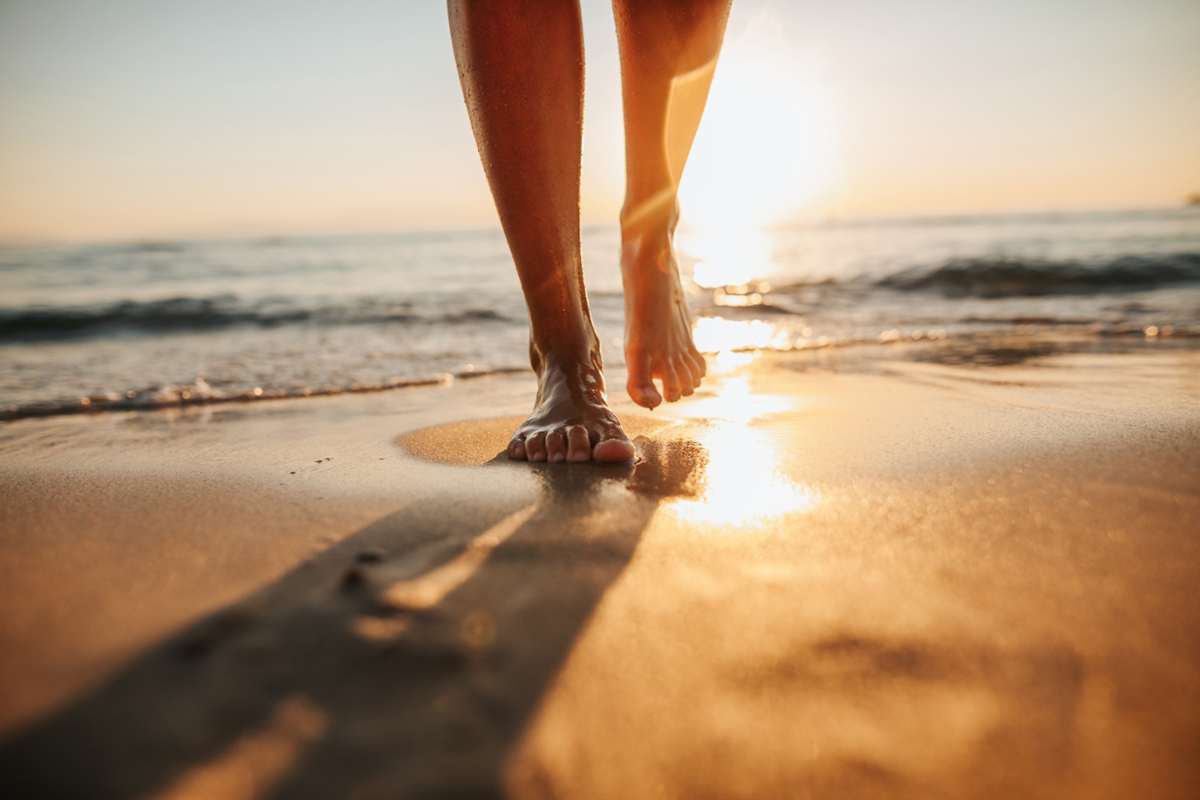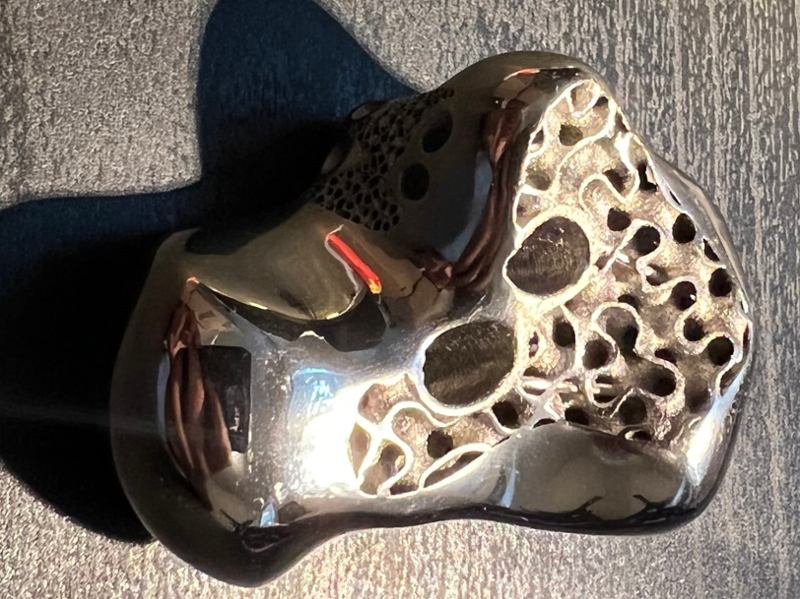Walkin’ on Sunshine thanks to a 3D printed ankle joint

When Natasha Bass survived a severe car accident in September 2016, she wondered if she would be able to walk again. With both legs and ankles broken in multiple places, she joked that “my surgeon had to put me back together again like Humpty Dumpty.”
After the accident, Bass had to stop working as a security officer in a hospital while she began to heal. It wasn’t long before Bass noticed one of her feet started tilting. X-rays confirmed that she had developed talar avascular necrosis due to her bone break, which meant her ankle bone was losing blood supply and dying.
In 2017, Jason Bariteau, an orthopedic surgeon at Emory Orthopaedics & Spine Center, started with non-surgical treatments such as bracing, using a boot, modifying activity and stimulating the bone to heal. When that didn’t work and Bass’s talus
bone continued to soften, he presented her with a surgical option: ankle and subtalar joint fusion, which involves fusing three bones together. But even that treatment had limitations. Because the subtalar joint is what gives your ankle its basic rotation, permanently fixing Bass’s ankle at a 90-degree angle and eliminating movement in the joint, the fusion procedure would reduce her pain but seriously limit her mobility and change her gait.
“I would have to walk with a cane for the rest of my life,” said Bass, who’s in her 40s and enjoys an active lifestyle that includes biking, daily nature walks, and dancing for fun.
Since fusion was the only surgical option available to her at the time, she decided to wait and check in with her doctor to make sure the bone was still getting some blood supply. “It was painful to walk partially on the side of my foot. I took pain relievers and arthritis pills.” Yet Bass remained determined. “I kept going every day and I still did things I needed to do. But if I was on my foot for too long, I would have to take a break and sit the next day.”
A few years later, she was offered a new solution involving 3D printing that could be the answer she was looking for. A custom, 3D printed implant replaced the talus—the bone in the ankle joint that connects the leg and the foot—in Natasha Bass’s ankle. The procedure, coupled with surgical fusion of several bones, has enabled Bass to resume her active lifestyle. 
3D Printing Provides an Innovative Surgical Option
Bariteau referred Bass to another surgeon at the Emory Orthopaedics & Spine Center’s Brookhaven office (located inside the Emory Musculoskeletal Institute building) who had recently gained experience with 3D-printed implants. Rishin Kadakia, assistant professor of orthopaedic surgery, suggested they try a new, innovative procedure to address her condition, relieve pain, and keep her ankle range of motion: a 3D-printed talus implant coupled with an ankle replacement and the surgical fusion of several bones.
Emory Orthopaedics & Spine Center is one of the largest orthopaedics centers of excellence in the Southeast and provides innovative solutions to help patients fully recover faster with better results. Bass was excited at the thought of the suggested treatment.
“What enticed me the most was that he knew what he was doing because he had done a few before. It was new and inventive,” said Bass. “I’m not afraid to try something new. I think God put him in my path.”
Bariteau and Kadakia collaborated on Bass’s procedure. “We both have a clinical interest in complex reconstructive cases,” said Kadakia. “It helps to have two surgeons working together to bounce ideas off each other.” They decided Bass was a good candidate for the procedure based on her condition, medical history and treatment goals. Natasha Bass
In August 2021, Bass received a custom, 3D-printed cobalt chrome talus implant and the procedure was completed. “I was really excited to have something so new,” said Bass. “And it was going to give me the best quality of life so I can go back to work and be able to do things I used to do.”
The day of her procedure, Bass was nervous. She remembered one of the surgeons whispering into her ear, “Everything is going to be fine,” after which she felt a sense of calm. “I put my faith in them,” she said. “I would do it all over again.”
Outstanding Outcomes—Inside and Out
While there is limited data on 3D-printed implants, Kadakia explained that “early results are good, and our patients are doing well. Careful patient selection and counseling is key. The 3D-printed implants are not for every case—but in some instances they can provide an innovative option when there are limited surgical solutions.”
That’s the case for Bass, who has been dedicated to her rehabilitation and recovery since day one.
Six months out from her surgery, Bass felt 70 percent back and expects to reach 100 percent soon. “I’m walking fine, and I feel stronger and ready to tackle each day.” She’s getting back to visiting her friends and family and taking daily walks. She enjoys riding her bike and being in nature “to have that peaceful time for myself and calm my nerves. Nature makes you realize you’re alive.”
Bass’s attitude also has received a boost. “The surgery has made me feel more confident about myself.”
Expressing Her Gratitude
Bass has more than enough words to express her gratitude. “I’m thankful and privileged to get this surgery. It makes me feel like I could conquer the world again.”
She’s especially thankful for her care team. “These doctors care more about the welfare of the patient. They gave me choices, explained everything to me and made sure I understood, had a quick response time and always kept in touch with me throughout the process.”
To honor her care team, Bass decided to express her thanks through her favorite form of writing, a poem.
Email the Editor







